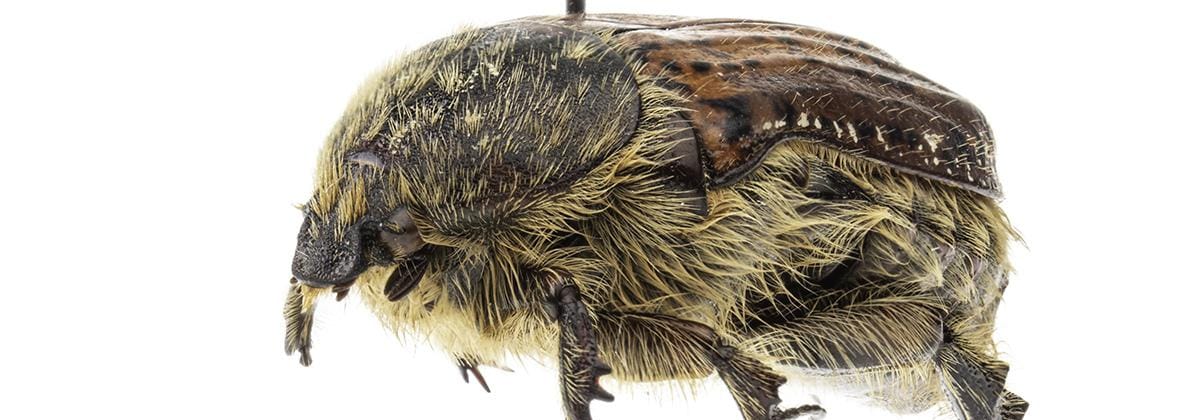
Modernization
Learn more about government’s intention to modernize the museum to protect our historic holdings and provide better access to our collections.

In ancient Egypt the Dung Beetle (Scarabaeus sacer) was worshipped as a symbol of the sun god Khepri, who rolled across the sky each day. This symbolized creation and rebirth to the ancient Egyptians. For this reason, the image of the scarab was commonly featured in amulets used for personal or administrative seals, for jewellery, to commemorate achievements and to protect mummies.
There are more than 30,000 species of scarab beetles (Scarabaeidae) in the world. Scarab beetle larvae typically feed on decomposing matter, like dung, or on plant roots. Adults eat a variety of foods, depending on the species: fungus, dung, sap, pollen and nectar, fruit, foliage, or carrion and other decomposing matter. Dung-feeding scarabs form a ball of dung in which to lay their eggs. When the eggs hatch, the beetle larvae are surrounded by food.
British Columbia has 80 different species of scarabs, including 11 that have been introduced from Europe. Here we showcase some different species using specimens from the Royal BC Museum’s entomology collection to give you a sense of the diversity in this fascinating beetle family. The labels were removed from each specimen for imaging.